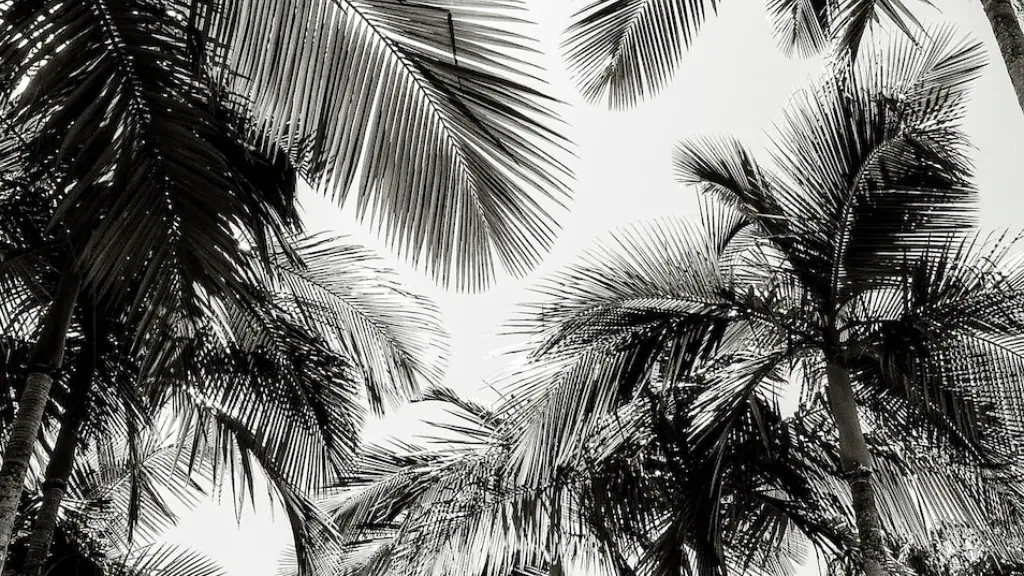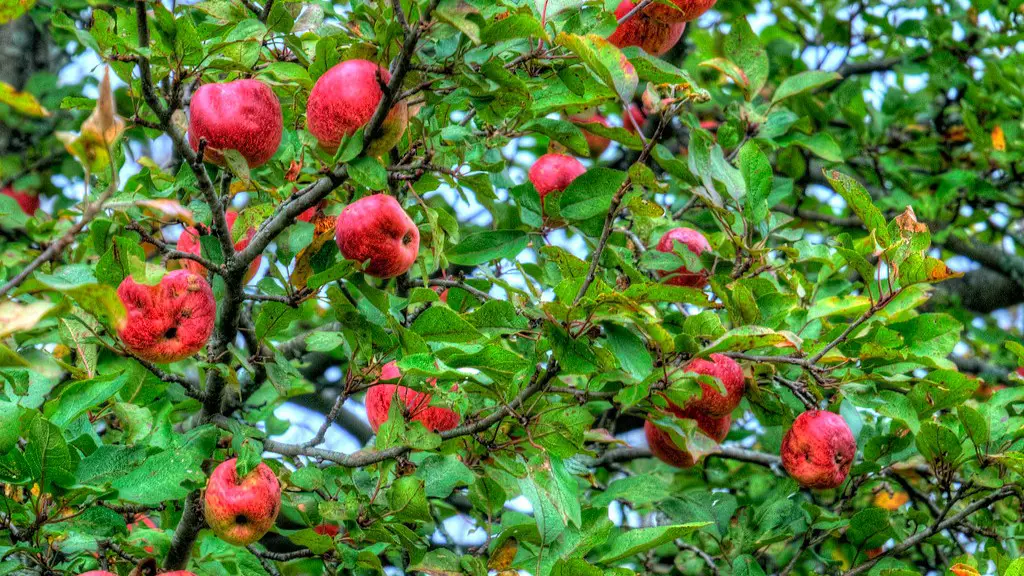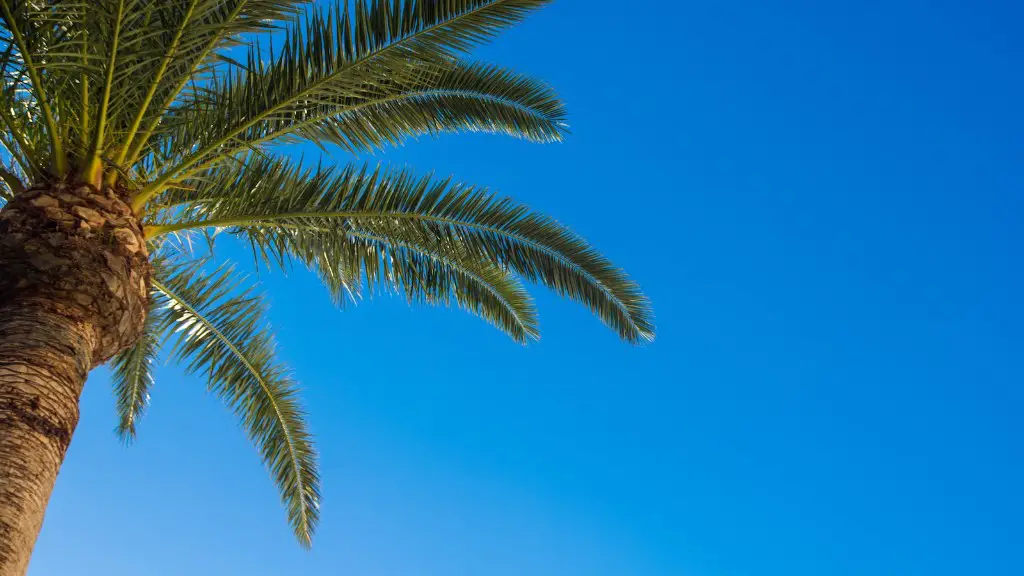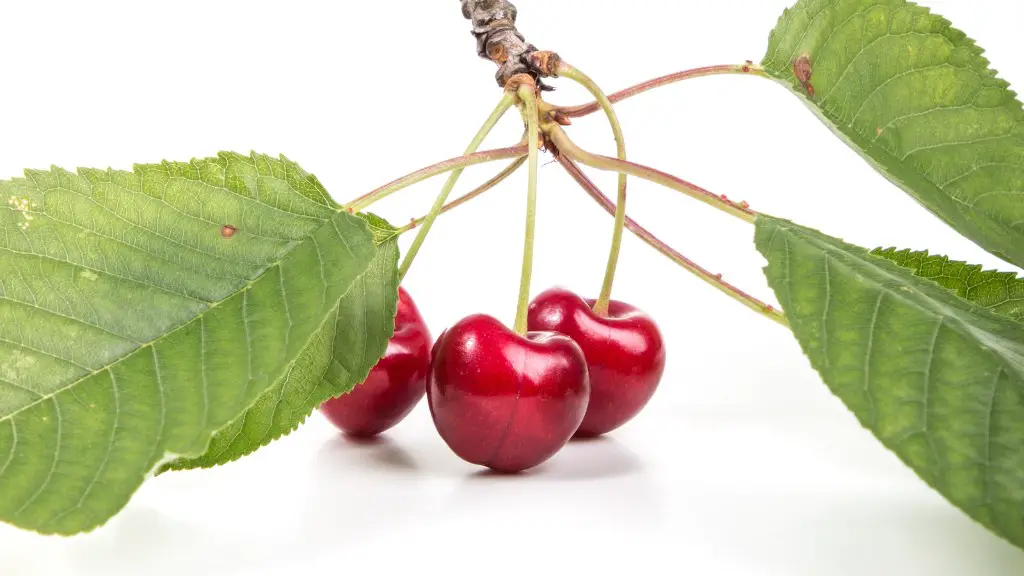There are a few reasons your palm tree might be turning brown. One possibility is that it’s not getting enough water. Palms need a lot of water, especially when they’re young, so make sure you’re watering yours regularly. Another possibility is that the tree is getting too much sun. If the leaves are brown and dried out, it might be getting too much direct sunlight. You can try moving it to a shadier spot. Finally, brown leaves can also be a sign of nutrient deficiency. If your tree is in good health otherwise, you can try fertilizing it to see if that makes a difference.
The most common reason for a palm tree to turn brown is due to a lack of water. If the tree is not getting enough water, the leaves will begin to turn brown and eventually the entire tree will be brown. There are other reasons why a palm tree may turn brown, such as disease, pests, or even frost damage, but the lack of water is the most common reason.
What do I do when my palm tree leaves turn brown?
If you see brown tips on the leaves of your palm tree, it may be a sign that the tree is not getting enough water or that it is getting too much water. To check which irrigation issue is the problem, you can check the soil about 6 to 12 inches deep. The soil should be moist, but not saturated and soggy. Soil that crumbles is too dry.
If you have a palm leaf that has turned brown, unfortunately there is no way to turn it back to green again. Once a leaf has turned brown, regardless of the cause, it can’t be reversed. Your best option is to remove the damaged area and adjust your care routine or plant environment so new, healthy leaves can grow.
How do I know if my palm tree is dying
If you see any of the above signs in your palm tree, it is important to take action immediately. These are signs that the tree is in distress and if not properly cared for, it could die. However, there are cases where the damage can be stopped and the tree can be saved. So, don’t panic and take the necessary steps to care for your palm tree.
If you think your palm tree is getting too much water, check the roots. Over-saturated roots may appear black, dark brown, soggy, and wilted. This is a sign that the tree is not getting enough oxygen and the leaves will start to yellow and drop off.
Palm trees should be planted in sandy, well-filtering soil to prevent this from happening. If the soil is too dense, the water will not be able to drain properly and the roots will suffocate.
To avoid over-watering, make sure the soil is dry to the touch before watering again. If you live in an area with a lot of rain, you may need to install a drainage system to keep the roots from sitting in water.
What does an overwatered palm look like?
Overwatering your palm tree can lead to a number of problems, including drooping leaves, black spots on leaves and stems, and yellowing leaves. If you see any of these signs, it’s important to cut back on watering and allow the tree to dry out somewhat.
If you see that the top center stalks of your palm tree are turning brown and/or shriveling, this is a sign that your tree is not healthy. Be sure to check other areas of the tree for signs of sickness as well, and if you see any, contact a professional tree service to help you determine the best course of action.
Will a brown palm tree grow back?
A palm frond will turn brown once it is dead and will no longer continue to grow. A palm grows by continually sprouting from the top and shedding older leaves. There are some species of palm whose leaves don’t turn brown and shed, but the trunk is full of green healthy leaves.
A new palm should be watered everyday on its first week, and then switched to every other day the following week. On the third week, settle for 3 times a week. For more established palms, watering should be done only 2-3 times per week, and this is only in the absence of rainfall.
How often should I water a palm plant
A new indoor Palm Tree should be watered every day in its first week. Next, move to every other day in its second week. Then settle for 3 times a week on the third. Once your indoor Palm Tree is completely settled, water it 2-3 times per week, or when the top 1-2 inches of the soil is completely dry.
Root rot is a serious issue for plants and can easily lead to death if not properly dealt with. Signs of root rot include slow growth, mushy stems, and wilting, yellow, distorted leaves. The soil around the affected plant will usually smell rotten and the roots will appear to be reddish brown. If you see any of these signs, it’s important to take action immediately and remove the affected plant from the soil.
Should I cut off dying palm leaves?
Palm fronds serve an important role in the health and appearance of the tree. Removing dead or dying fronds and developing flowers and fruits can reduce the risk of disease and improve the tree’s aesthetics. In some cases, it may also be necessary to remove sprouts or stems to maintain a single trunk. When removing fronds, it is important to consider whether they are chlorotic or dead. Live green fronds should only be removed if they are posing a risk to the tree’s health.
If you love your palm trees, you need to make sure you’re watering them correctly! Overwatering is a common mistake, so using a soil wetness meter can help you avoid that. Checking the soil with your finger is another good way to know if it’s time to water – if the top 2 inches are dry, it’s usually time to give your palm tree a drink.
Should I spray my palm with water
It’s important to water your palm regularly, especially during spring and summer. However, you can reduce the amount of water you give it during autumn and winter. If the weather is dry and hot, mist the foliage several times a day to keep it cool and help deter pests.
If you’re not sure whether your plant is underwatered or overwatered, you can determine which by feeling the leaf. If it feels crispy and light, it is underwatered. If it feels soft and limp, it is overwatered.
What does a dying palm look like?
If you notice that your palm fronds are wilting or discoloring, it is important to check your watering schedule. Make sure that your palm tree is getting enough moisture, as this is a common reason for palm tree decline.
Without cambium, palm trees are not able to repair themselves from wounds. This means that any damage done to the trunk of a palm tree will remain with the tree for the rest of its life.
Conclusion
Most likely, your palm tree is turning brown because it is not getting enough water. Try giving it a deep watering every week and see if that helps. If the soil is too dry, the roots can’t take up enough water to support the tree, and the leaves will start to turn brown and drop off.
The most likely reason your palm tree is turning brown is due to a lack of water. Palms are native to tropical and sub-tropical climates and thrive in moist, humid conditions. If the soil around your palm tree is dry, or if the air is too dry, the leaves of the tree will begin to turn brown and eventually die.




